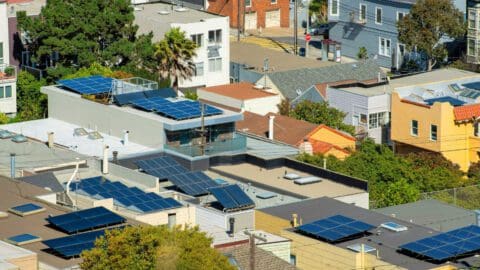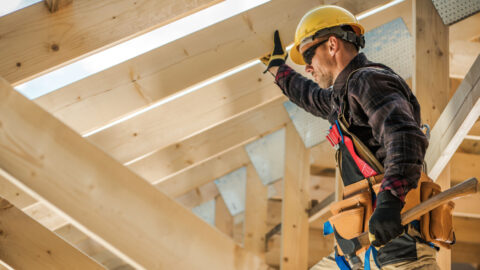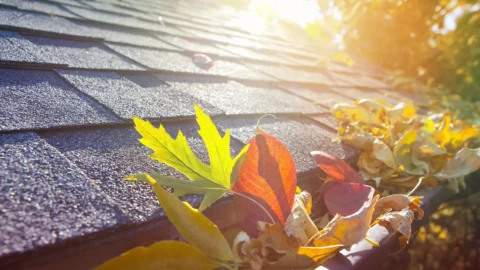When you think about the components of your roofing system, a drip edge is probably not the first thing that comes to mind. However, that doesn’t mean it’s unimportant. In fact, if you’re getting a new shingle roof in Florida, a well-installed drip edge is absolutely essential.
But what is a drip edge? And why is it such a big deal? We’re John Hogan Roofing, Florida’s top roofing company, and today we’re putting our roofing expertise to work by answering these questions and more.
What Is a Drip Edge?
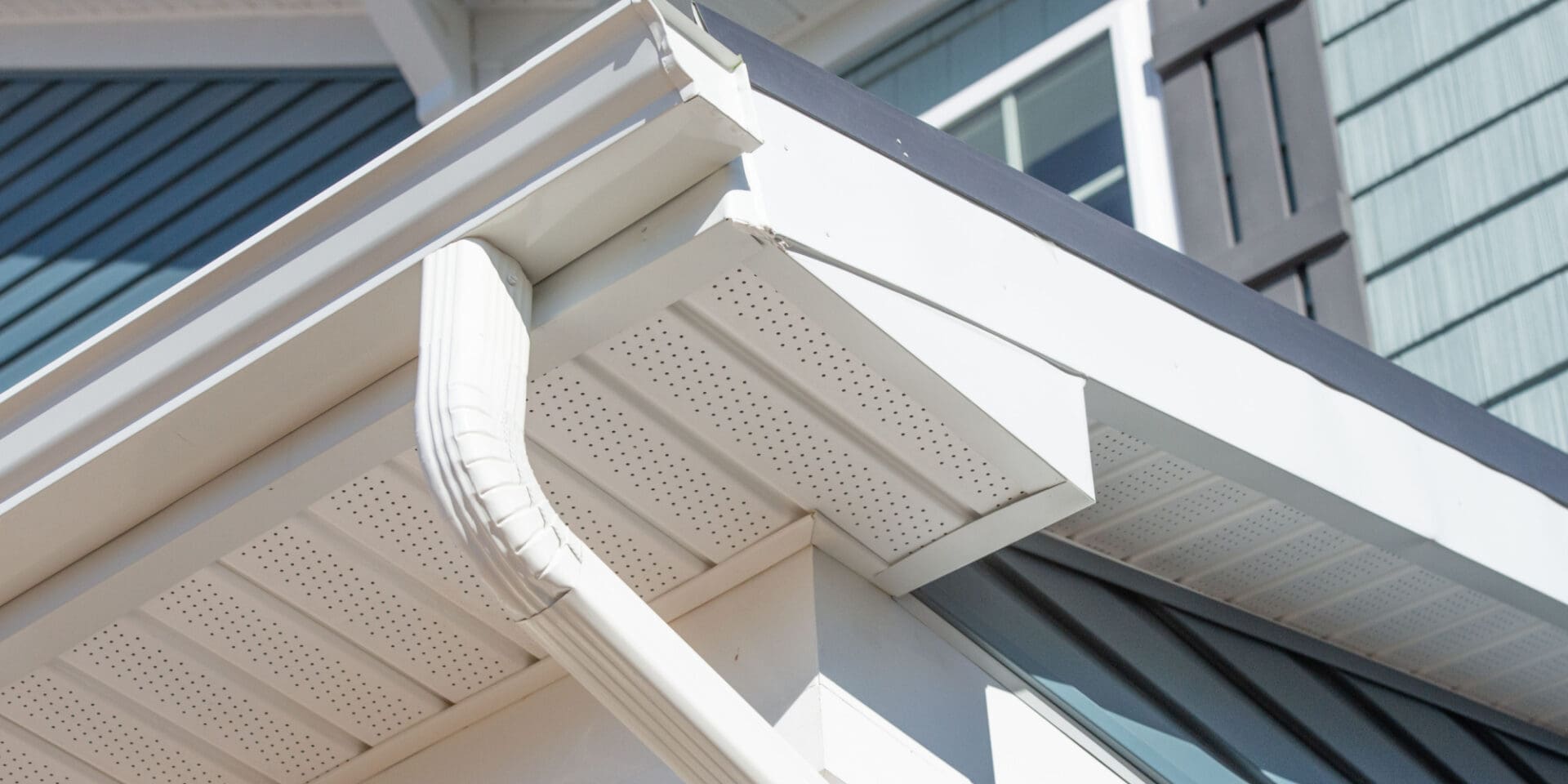
Think of a drip edge as a protective piece of roofing equipment that stops water from penetrating your roofing system. Drip edges are usually L-shaped pieces of metal, although their exact composition and shape can change slightly depending on your roof. Installed at the edge of your roofing system, a drip edge helps direct water off of your roof.
This is important because pooling water can devastate your roofing system, especially if you have a shingle roof. As water soaks through shingles, it can lead to damage to your underlayment and subsequent leaks or even the development of mold and algae. If either of these happens, they could weaken and endanger your entire roof.
For this reason, almost everywhere in the United States requires drip edges on homes as part of their building codes. However, some older homes with roofs from before these ordinances may not yet have one already installed.
What Does a Drip Edge Do?
Drip edges have many significant purposes on your roof. The first is to protect your fascia, which would have water running down it without this essential protection. From there, the water could get to your soffits and into your roofing system, which could be disastrous for your roof.
Drip edges prevent exactly that. They guide water moving off your roof to your gutters or, if you don’t have gutters, off of your roof. This way, your soffit and fascia stay completely dry and you don’t have to worry about water getting underneath your shingles.
The second way that drip edges protect your roof is during a storm. When Florida’s heavy winds and high winds come together, it only means bad things for your roof.
For most of your roof, your shingles and underlayment will keep the decking dry. But the edges are a structural weak point. And when winds start to whip water around on your roof, they can force water beneath your shingles and decking, leading to leaks and mold both on your roof and in your home.
Thankfully, a drip edge prevents exactly this. By covering that gap by several inches, drip edges prevent water from sneaking its way into your home, even during a hurricane.
But it’s not just water that a drip edge can protect your roof from. They also have a stabilizing effect on roofs. In this way, they can help prevent shingle uplift in high winds, which is one of the biggest causes of roof repairs in the state of Florida. For all of these reasons, it’s a good idea to make sure your roof has a healthy drip edge before hurricane season comes around!
What Are Drip Edges Made Of?
When it comes to drip edge materials, you have several options. While there is a lot of variety in these options, the important thing is that these are non-porous, protective materials that can stand up to water without absorbing it.
The most common drip edge materials in Florida are:
- Aluminum: This is arguably the most popular material for drip edges in Florida, and for good reason. Not only is aluminum durable, but it’s also corrosion-resistant. This means that it won’t rust, even if you live near coastal saltwater.
- Galvanized Steel: Steel is incredibly durable, and galvanized steel is resistant to rust and corrosion. This makes it perfect for combatting both heavy rains and high winds.
- Copper: While copper is a strong and sturdy metal, it’s not usually chosen for those features. Rather, people choose copper when they want a protective overhang with a unique and distinctive color.
Most people choose aluminum drip edges because they can easily find a color that perfectly matches their roofs. However, steel and copper are popular among homeowners who like the metallic look for their drip edges.
Choose Roofers Who Look at the Whole Roofing System
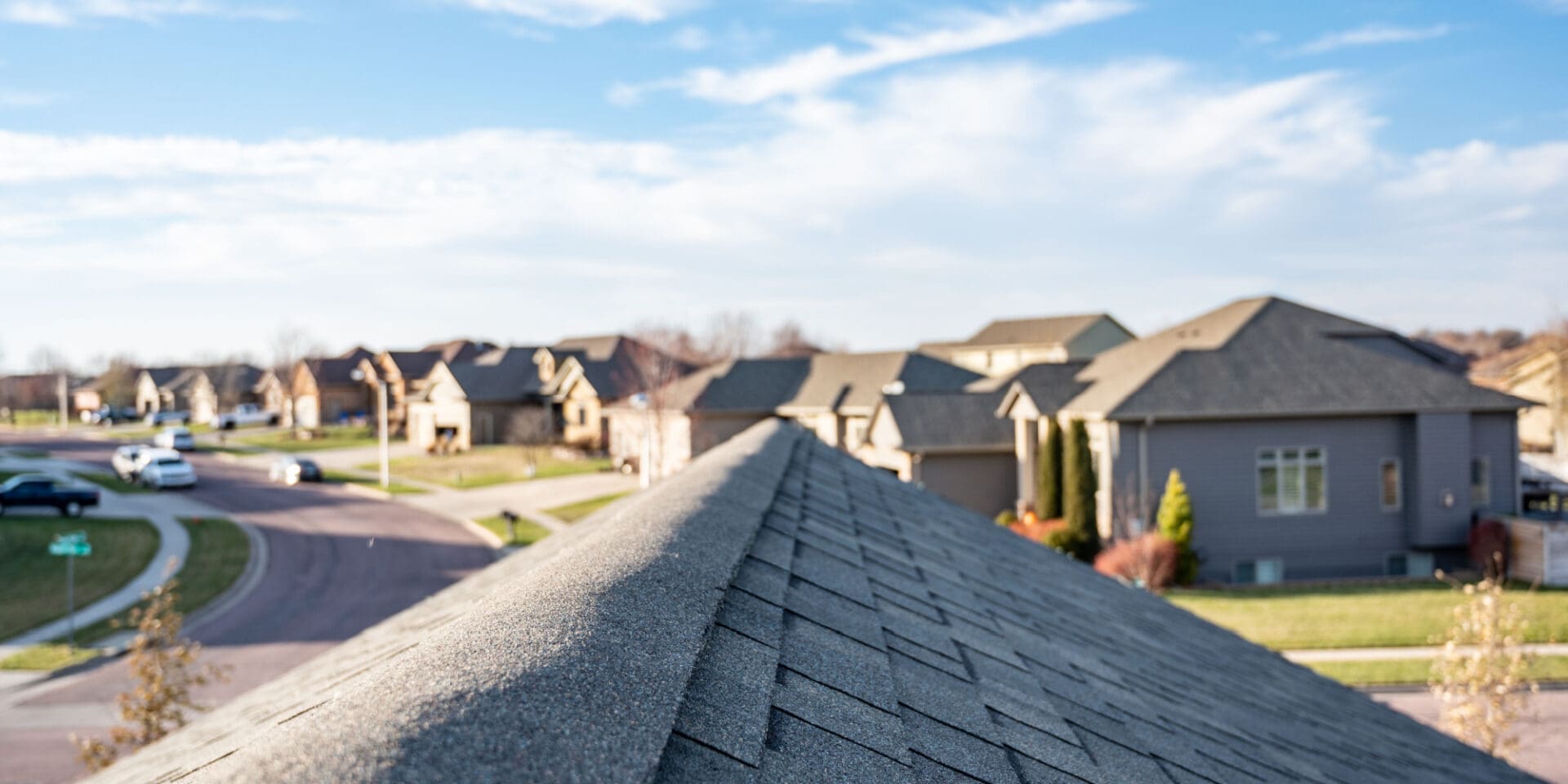
When you need a new roof, the replacement process is much more intensive than just tearing off the old shingles and hammering on new ones. Instead, you need a robust roofing system, from your shingles to your underlayment to your drip edge.
At John Hogan Roofing, we know what local roofs have to stand up against. And we know that if any one piece of your roofing system is improperly installed, it could cause problems for not just your entire roof, but your home as a whole. That’s why we take every part of your roof replacement seriously.
If you want to see the difference that a John Hogan roof can make for your home, reach out and we’ll get started on your free roofing estimate. This estimate will cover every part of your roofing system and show you exactly what you’re paying for. You’ll even be able to pick out the color of your drip edge!
At John Hogan Roofing, we’ve got the best crews, the best materials, and the best prices. Give us a chance and see why we’ve been Florida’s favorite roof replacement pros for more than 25 years!
Drip Edge FAQs
1. Q: What is a drip edge on a roof?
A: A drip edge is a metal overhang installed at the edges of a roof to direct water away from the fascia and prevent it from seeping into the underlying structure.
2. Q: Why is a drip edge important?
A: The drip edge plays a crucial role in protecting the roof and its underlying components by preventing water damage, rot, and mold growth. It also helps maintain the structural integrity of the building and can even help keep pests out of your roof!
3. Q: Where is the drip edge installed on a roof?
A: The drip edge is typically installed along the eaves (bottom edge of the roof) and the rakes (sloping sides of the roof). In other words, it covers the edges of the roof.
4. Q: What materials are commonly used for drip edges?
A: Drip edges are commonly made of metal, such as aluminum or galvanized steel. These materials are durable, resistant to corrosion, and provide effective water redirection.
5. Q: Can I install a roof without a drip edge?
A: While it’s technically possible, to install a roof without a drip edge, we wouldn’t recommend it. A drip edge is a crucial component of a properly functioning roofing system. Its absence can lead to water damage, premature roof deterioration, and other issues. Additionally, your roof likely won’t pass the final inspection without a drip edge, which can lead to a lot of problems with your homeowners insurance.
HAVE THE WORK COMPLETED RIGHT THE FIRST TIME
You May Also Like:
Benefits of Integrating Solar Panels with Your Roof in Florida
In the Sunshine State, it’s no secret that the sun shines bright nearly all year long. Florida is not only a paradise for beach lovers but also an ideal location for harnessing solar energy. If you’re a homeowner in Florida, you’ve probably considered integrating solar panels into your home, especially as the state continues to…
Read More15 Crucial Questions to Ask Before Hiring a Roofing Contractor in Florida
15 Crucial Questions to Ask Before Hiring a Roofing Contractor in Florida (And Why They Matter) In Florida, where hurricanes, heavy rain, and intense sunshine are part of everyday life, your roof is more than just a cover — it’s your home’s first line of defense. So, when it comes time for a roof repair…
Read MorePreventative Roof Maintenance Tips for Hurricane Season in Florida
Florida’s hurricane season runs from June 1 to November 30, bringing high winds, heavy rains, and potential roof damage. Your roof is the first line of defense against these extreme weather conditions. Even minor vulnerabilities can lead to costly damage during a storm without proper maintenance. This guide provides essential preventative roof maintenance tips to…
Read More
